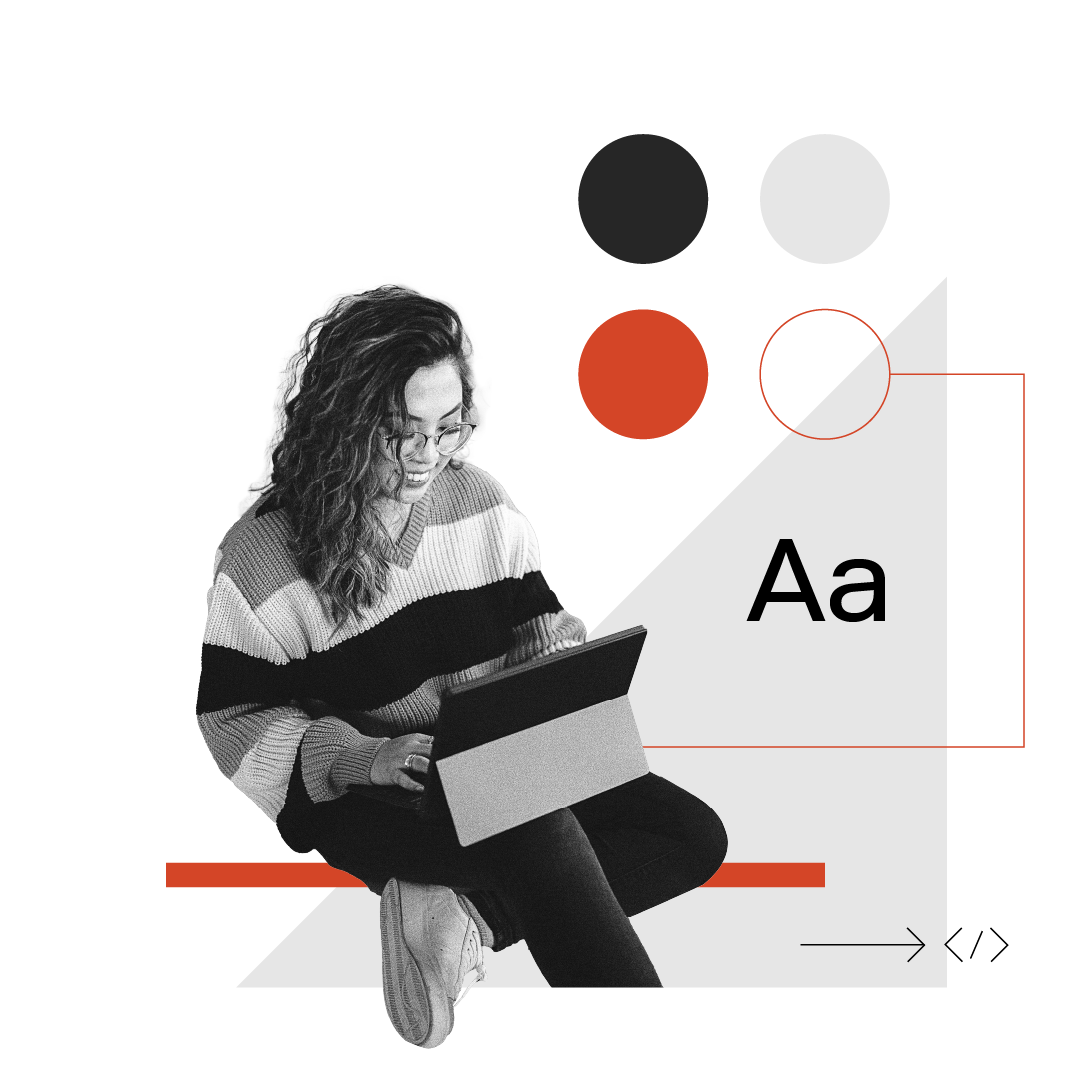
Establish ROI & measuring impact, from start to scale
You see the value of a Design System but you must communicate the impact of the work to gain wider organization alignment and unlock budget. Whether just starting or scaling an existing Design System, you need to articulate an investment case.
How we can help
We can help you quantify the efficiency gains in design and development processes, reduce time-to-market, and enhance user experience consistency, so that your stakeholders can clearly see the value proposition, facilitating informed decision-making and investment in the Design System initiative.



Brand Experience → Consistency
Employee Experience → Efficiency
Customer Experience → Lead Time
A Design System enhances brand experience by ensuring consistent and coherent visual identity across all touchpoints, improving brand recognition and trust. This consistency aids in governance, as it establishes a clear set of guidelines and standards for brand representation, reducing the risk of off-brand elements and ensuring that all customer interactions reflect the company's values and identity.
For your design and development teams, a Design System reduces rework and accelerates the product delivery process. By providing reusable components and clear guidelines, it minimizes the need for repetitive design decisions and corrections, leading to increased efficiency, job satisfaction, and a more streamlined workflow that can adapt to changing project requirements. It also streamlines accessibility.
A Design System enables the delivery of more seamless and user-friendly products and services. Since the quality of UX is baked into the Design System, a Design System will decrease lead time (i.e. time-to-market) and increase revenues, as customers find the products more appealing and easier to use, driving higher satisfaction and loyalty, and allowing the company to bring products to market more rapidly.

Brand Experience → Consistency
A Design System enhances brand experience by ensuring consistent and coherent visual identity across all touchpoints, improving brand recognition and trust. This consistency aids in governance, as it establishes a clear set of guidelines and standards for brand representation, reducing the risk of off-brand elements and ensuring that all customer interactions reflect the company's values and identity.

Employee Experience → Efficiency
For your design and development teams, a Design System reduces rework and accelerates the product delivery process. By providing reusable components and clear guidelines, it minimizes the need for repetitive design decisions and corrections, leading to increased efficiency, job satisfaction, and a more streamlined workflow that can adapt to changing project requirements. It also streamlines accessibility.

Customer Experience → Lead Time
A Design System enables the delivery of more seamless and user-friendly products and services. Since the quality of UX is baked into the Design System, a Design System will decrease lead time (i.e. time-to-market) and increase revenues, as customers find the products more appealing and easier to use, driving higher satisfaction and loyalty, and allowing the company to bring products to market more rapidly.
Companies we've helped
Design Systems


telco
From mockups to a multi-brand design system in 13 weeks
We created a multi-brand design system that was used to build the client’s new award-winning mobile app.
Design Systems
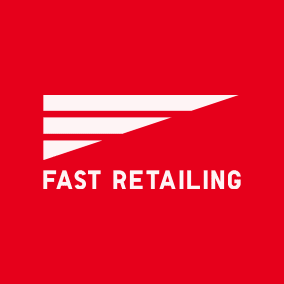

Fast Retailing (UNIQLO)
Transforming one of the world's largest retail companies into a digital-first organization
To become the #1 retail apparel group in the world, they needed to design consistency, efficiency, and governance to internal and external teams across all markets.
Design Systems


Sanofi
10 months to unify complex Design System efforts at a leading global Healthcare company.
See how we built Sanofi's Elements Design System to accelerate their global digital rebrand.
Design Systems


Varis
16 weeks to launch a design system for Varis, an Office Depot startup
See how we scaled Varis' design system with ready-to-use components and governance in place.
Design Systems
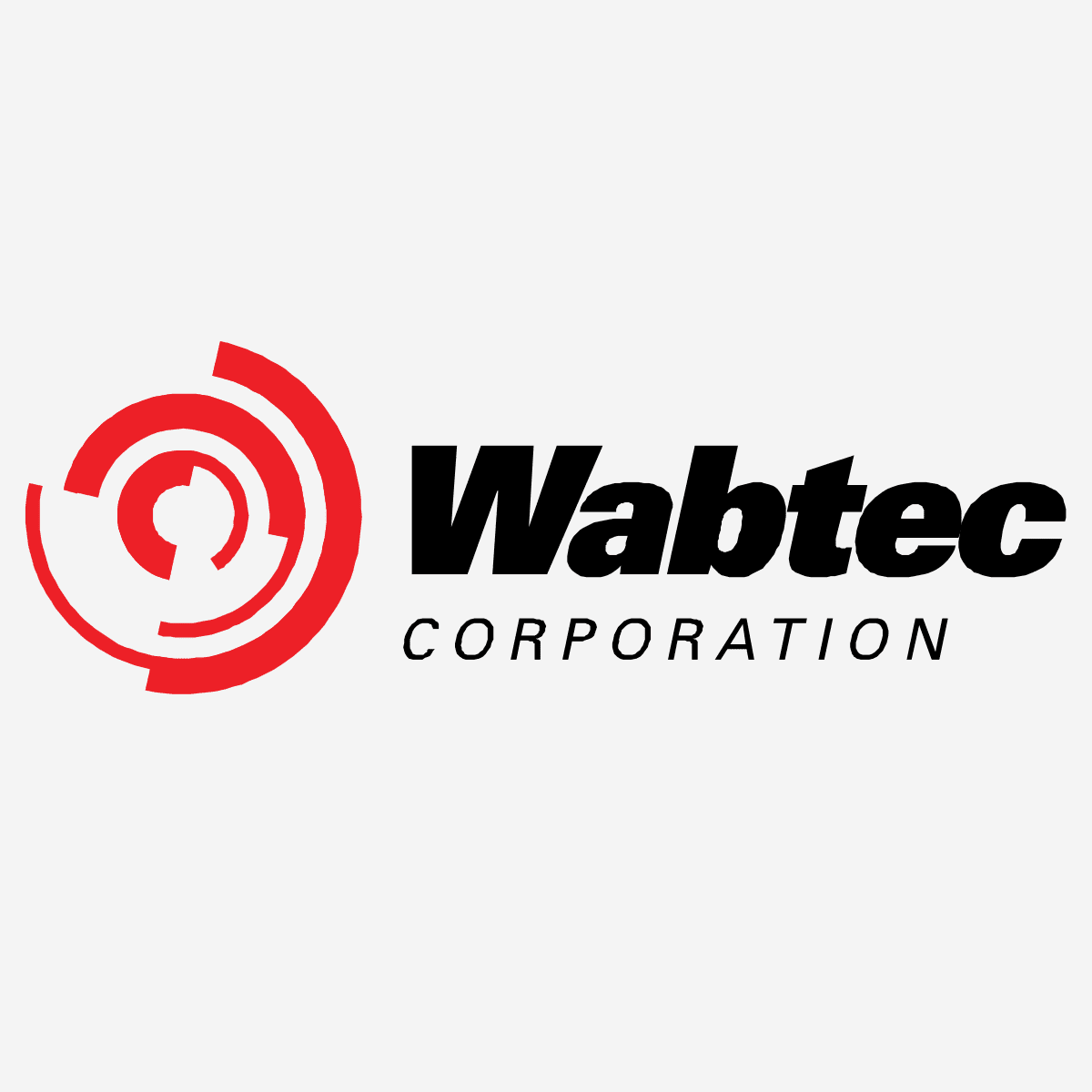
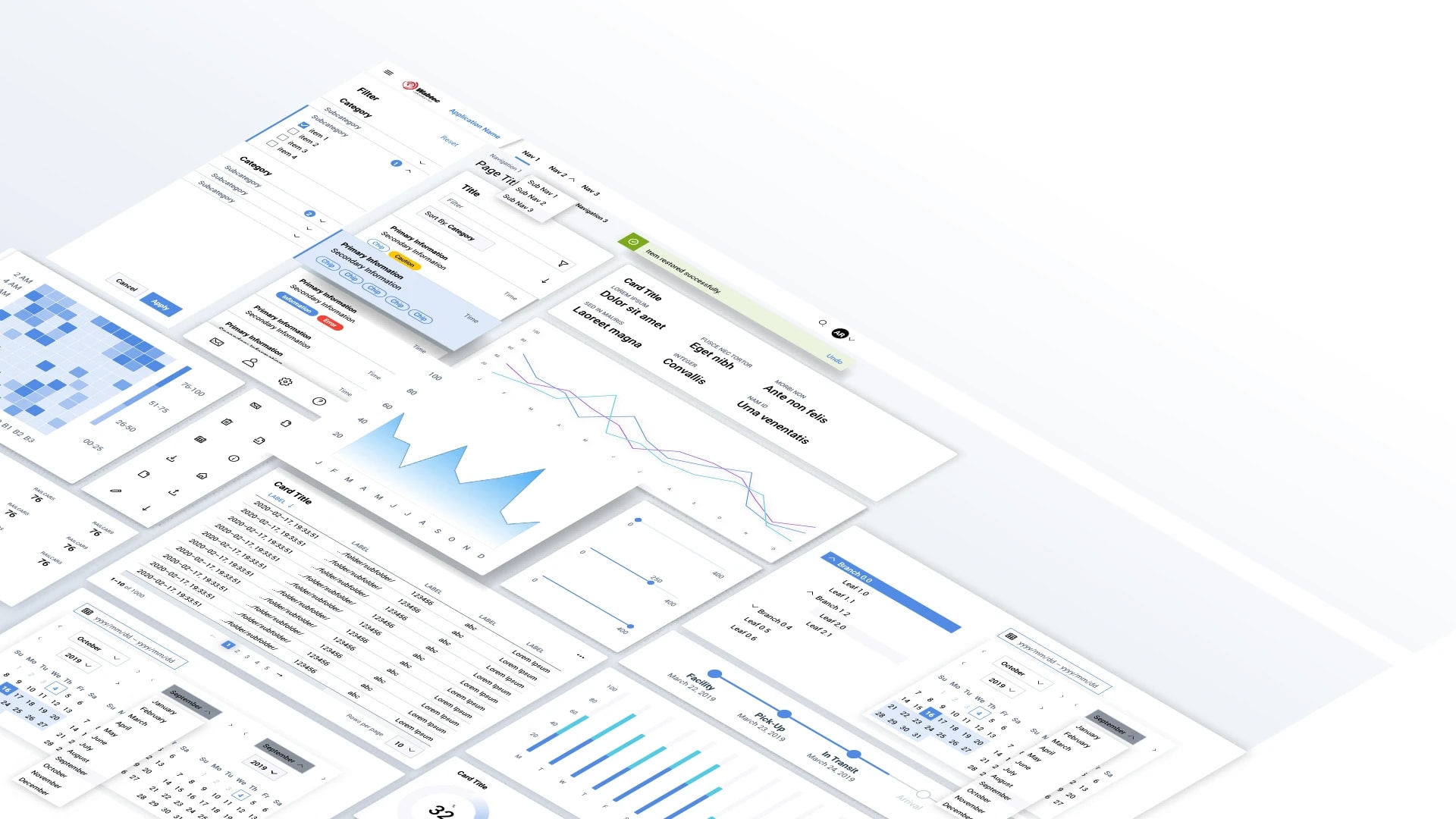
Wabtec
How a design system ensured the success of the Wabtec Corporation and GE Transportation merger
Thanks to Wabtec’s commitment to consistent, user-friendly digital experience and emphasis on transparency and communication with their Rangle partners, the outcome is a powerful, tangible output: a design system tailored to Wabtec’s brand.
Design Systems


Springboard
We helped Springboard build 10 design components in 5 weeks
See how we maximized the value of Springboard’s design system and upskilled their design team to set them up for long-term success.
Featured Posts
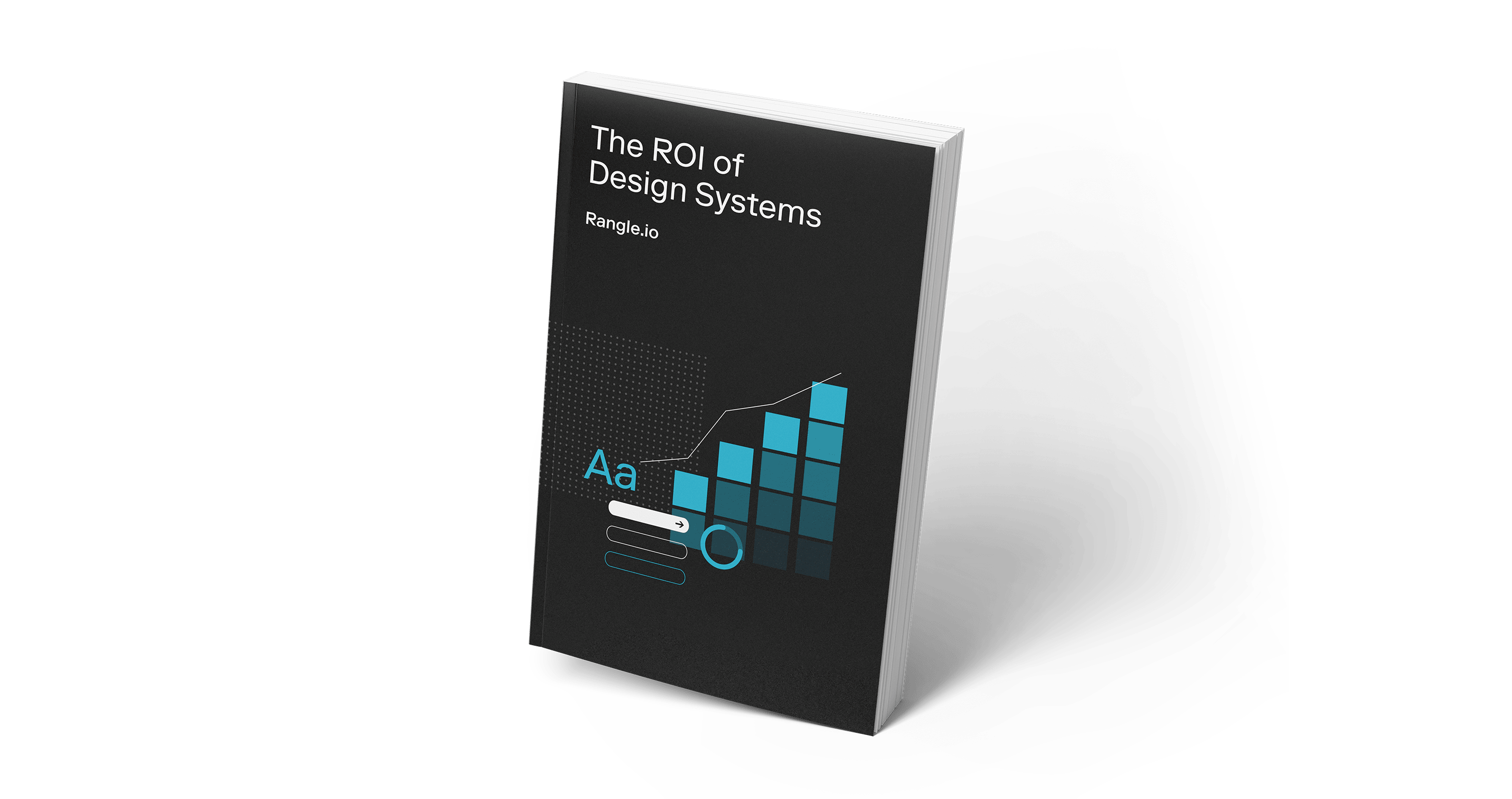
As digital competition accelerates, the winners are those that deliver scaled experiences faster and more efficiently. While there are no easy answers, doing more with less is possible with Design Systems. To learn how, try our Design System ROI Calculator. Then read our Design System Business Case.
Whether you're a designer, developer, product manager, or design system enthusiast, this webinar empowers you with the knowledge and tools to ensure your design system's success.

Design systems are often promoted or explained using technical language familiar to designers and developers who will use the system — that was our tactic when we started talking about design systems two years ago, and partnering in the community of practitioners. However, this approach fails to reach perhaps the most important audience: The decision-makers who will decide whether to commit the business’s resources to implementing a design system.

Rangle gave us permission to prioritize the customer because true innovation is anchored by the customer. Innovation alone doesn’t actually matter. What matters is what the customer wants and how we drive better experiences for them.”
Lance Martel, CIO, Staples Canada











